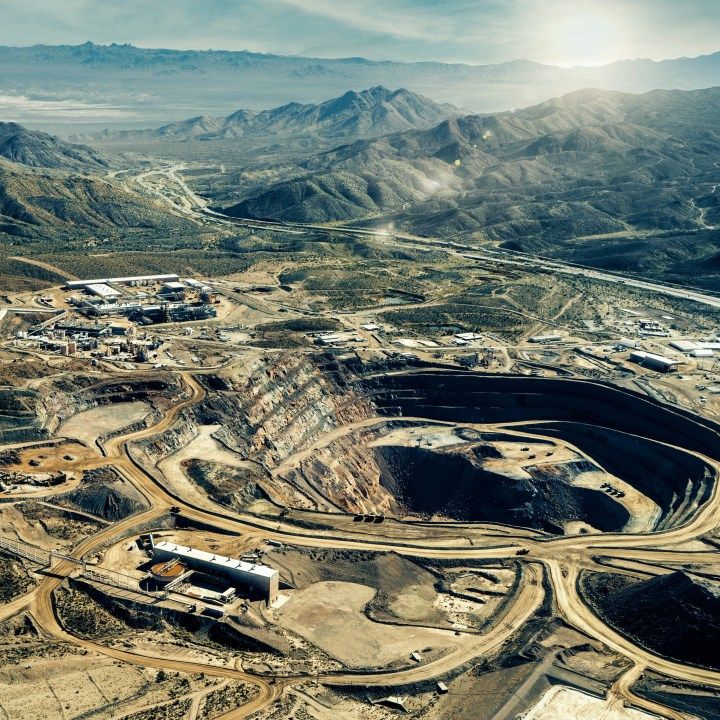Volume 1
In a world where technology evolves at lightning speed, there’s a group of unsung heroes quietly driving innovation behind the scenes. These are the rare earth metals—a set of 17 elements that, despite their name, are neither particularly rare nor earth-shattering in their abundance. Yet, they are indispensable to the modern world.
What Are Rare Earth Metals?
Rare earth metals comprise 17 elements in the periodic table:

- Lanthanides: Lanthanum (La), Cerium (Ce), Praseodymium (Pr), Neodymium (Nd), Promethium (Pm), Samarium (Sm), Europium (Eu), Gadolinium (Gd), Terbium (Tb), Dysprosium (Dy), Holmium (Ho), Erbium (Er), Thulium (Tm), Ytterbium (Yb), and Lutetium (Lu).
- Scandium (Sc) and Yttrium (Y) are also included due to their similar chemical properties and occurrence in the same mineral deposits.
These metals are characterized by their unique electronic configurations, which grant them remarkable magnetic, luminescent, and electrochemical properties. Despite their name, they are relatively abundant in the Earth’s crust. However, their dispersion and the complexity of extraction processes make them challenging and costly to mine.
Why Are They So Important?
Rare earth metals are the backbone of numerous technologies that define our daily lives. Their unique properties enable advancements across various sectors:
1. Electronics
From smartphones to laptops, rare earths are integral to the functioning of electronic devices. Neodymium, for instance, is used in the powerful magnets found in speakers and hard drives, while europium and terbium are essential for the vibrant colors in LED displays.
2. Renewable Energy
In the quest for sustainable energy, rare earths play a pivotal role. Neodymium and dysprosium are used in the magnets of wind turbines, enhancing efficiency. Additionally, lanthanum is a key component in nickel-metal hydride (NiMH) batteries, commonly used in hybrid vehicles.
3. Defense and Aerospace
The defense industry relies heavily on rare earths for the production of advanced military technologies. Samarium-cobalt magnets are used in precision-guided munitions, and gadolinium is utilized in neutron radiography for inspecting aircraft components.
4. Healthcare
In the medical field, gadolinium is used as a contrast agent in magnetic resonance imaging (MRI) scans, allowing for clearer images and better diagnosis.
The Challenge of Extraction
Despite their abundance, the extraction of rare earth metals is fraught with challenges. Mining operations can be environmentally damaging, leading to habitat destruction and pollution. Moreover, the refining process is complex and energy-intensive, contributing to high costs.

Looking Ahead
As the demand for technology continues to rise, so does the need for rare earth metals. Innovations in recycling and alternative materials are underway to reduce dependency on mined sources. However, for the foreseeable future, these metals will remain crucial to the advancement of modern technology.
To Know More about Power of world’s rarest resources, Read Next Part Here at Lostnews.org
By Dhruv Kaushal | June 11, 2025






